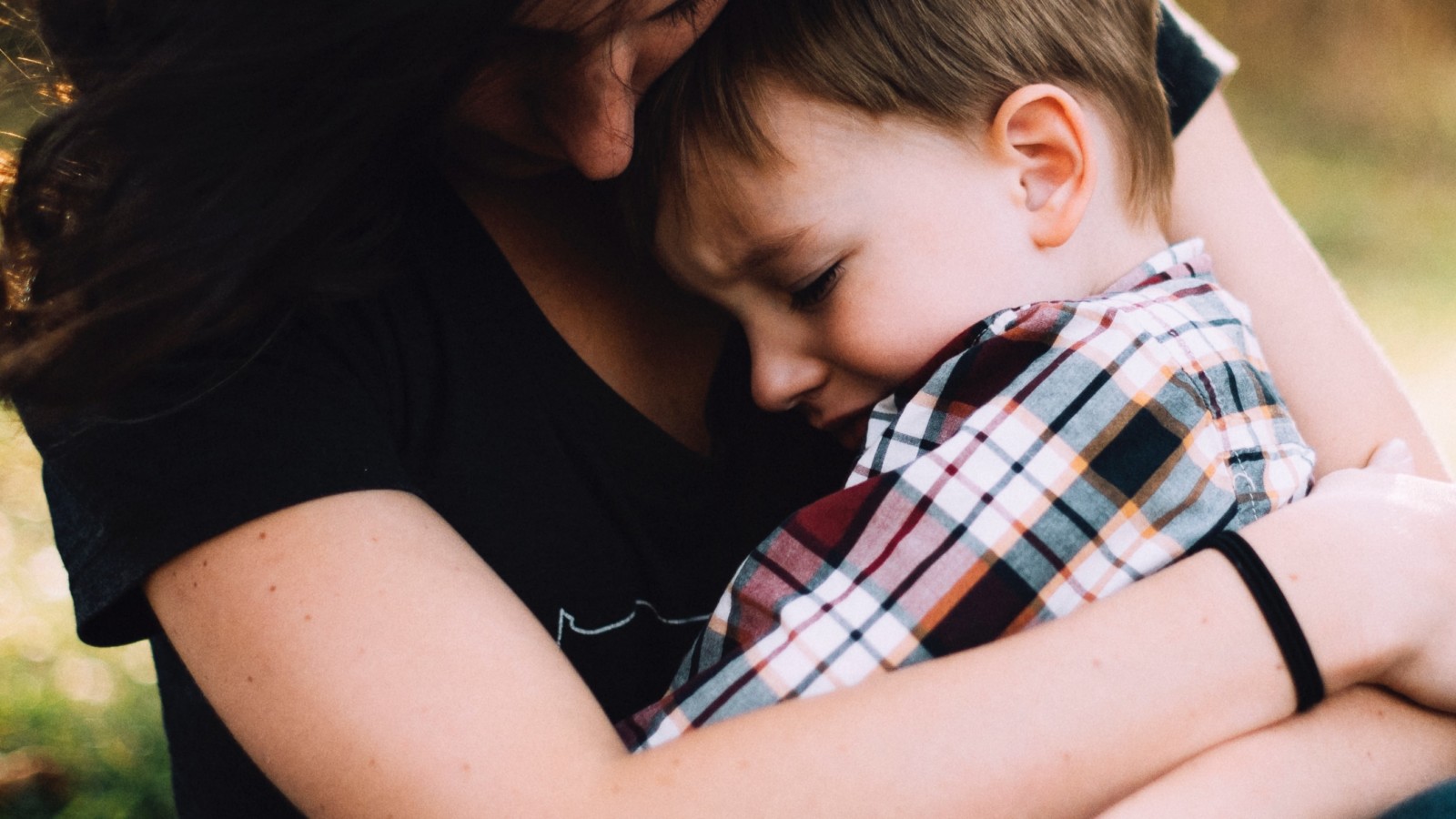I was wearing a purple dress when my six-year-old patient asked if she could braid my hair during our weekly therapy session. I sat on the floor as she carefully twisted my hair to her satisfaction and looked at me with a giant smile and declared “you’re Anna and I’m Elsa.”
Step#1– say YES to what children are bringing to the table. This idea can apply to playtime or any conversation with a child really. This sets the stage. It sends a message that you can handle it no matter what they tell you, or how they play. We may have feelings about it but we are adults, and they can trust we won’t shut it down.
As Anna and Elsa, we talked about our parents who died in a shipwreck and how sad we were feeling. How alone we felt, how we missed them and how happy we were to have each other. Elsa used her powers to save me over and over again. She repeatedly froze me “accidentally” and needed to master saving me. Telling me she never meant to hurt me. The scene ended with us dancing and singing “Into the Unknown” together as if on a broadway stage instead of my tiny office on 58th street.
Step#2– All play is good play. Even what we might consider “rough” play. It serves a purpose and can serve as an energetic outlet for feelings. This can make parents nervous if the playing feels particularly aggressive. This doesn’t mean we let our kiddos hurt themselves or someone else. We establish the rules of play. Boundaries keep everyone safe. The same little girl in the scene above had weeks where she hit a pillow and screamed, or we had a slow-motion pillow fight, or she ripped up construction paper or made them into balls and chucked them against the wall while saying what she needed to say. Play is the way children do the work. It’s how they learn and expand their ways of understanding and being in the world.
During our play in the scene above, there were moments when I couldn’t decipher if my young patient was crying real or fake tears. I actually think it was a mix of both and it didn’t matter one bit. In our play space, anything goes (as long as it’s safe). All behavior is communication. She was letting me know how she was feeling. Remember, she was only six at the time. This was all metaphor which is the beauty of play. As her therapist, I had a deeper understanding of the subtext which isn’t important here. We had hours and hours of establishing our relationship through talking, playing games, dancing, singing, making art, and being together. The time you spend together with your child creates attachment and bond. You’ve most likely got all this going for you already.
Step#3– Name what you see. In the example above it’s “You’re crying.” There may be silence here which can be the biggest challenge for adults. Hold space for any anxious feelings that may be popping up for you. Keep from distracting them, asking why, or telling them it’s not that bad, or that they don’t need to cry. Some helpful things to say are “I’m here with you”, “It’s ok to be sad”, “tell me about it”, “this is really hard for you”. You can use these phrases with all feelings. “You’re angry. I hear you”, “it doesn’t feel fair”. The message you send here is that all expressions of feelings are welcome.
Step#4– Breathe. In through the nose, exhale and repeat. I am trained as a psychotherapist. I can hold space for people. The thing not highlighted in my academic books was how important my breath would be in practice. I learned this in my flustered moments early on in my career working on inpatient psychiatric units. I learned it, and I teach it. To my patients and to my own children. Anchoring with your breath will ground you if you are starting to feel overwhelmed. It will guide you back into your body if you are feeling disconnected. It will also co-regulate you and your child. As you breathe, they will also breathe, ground, and connect. From infancy to adulthood, the breath regulates.
When you hold space, you’re helping your child develop a love for themselves. Often kids come into my office feeling bad about having big feelings. Come to think of it, so do adults. They berate themselves for feeling anxious, depressed, and overwhelmed. I help normalize those feelings by holding space and guide them towards better ways to process and express them. We practice observing and setting boundaries to keep everyone safe. Maybe you haven’t held space in the way you would like to for your loved one. You can change that. It’s never too late.
Step #5– Have compassion for yourself. If you’re even reading this still, I’m pretty sure you’re doing the best you can and strive to do better. When you model compassion for yourself, your child picks that up too. So for all the times you jumped in and distracted, bribed, or told them they’ve “cried enough” or something similar- forgive yourself and set the intention to do better.
There’s no roadmap for parenting. Sure, there are guidelines but everyone brings their own history and the way they were raised. For some people, it comes more naturally than for others. Sometimes, it takes intentional work to unlearn old patterns you are unknowingly engaging in with your child. Today is a good day for change.


